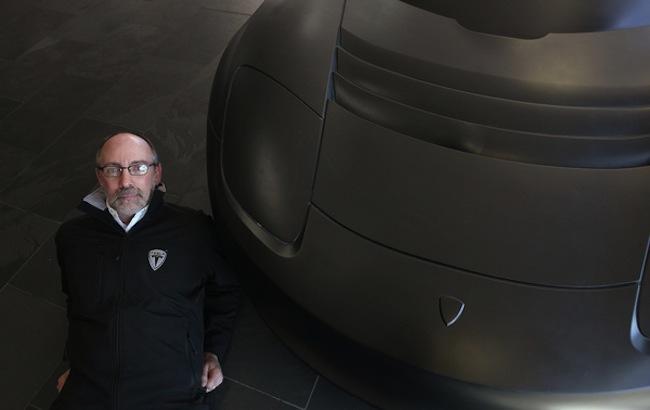
Earlier this week, the National Highway Traffic Safety Administration announced it’s opening a safety investigation into Tesla Motors after three of its Model S cars caught fire in the last six weeks.
Two Model S battery packs erupted into flames in the U.S. after striking debris on the highway. A third succumb to fire after driving through a cement wall in Mexico.
Despite Tesla co-founder Elon Musk’s assurances that the fires weren’t indicative of a larger problem, Tesla decided to push a software update to the Model S, increasing the highway ride height.
After the NHTSA made its formal announcement of the pending investigation, Musk tweeted that Tesla, “invited NHTSA senior staff to conduct a review of Model S.” According to Reuters, the administrator of the NHTSA, David Strickland, is quoted as saying Tesla Motors did not in fact ask for the safety examination by the NHTSA.
Yesterday the San Jose Mercury News reported that a top Tesla executive, George Blankenship, has suddenly and quietly departed the company.
Blankenship lead the formation of Tesla’s now-infamous retail store strategy that has brought the company much praise and criticism.
When asked, Blankenship stated the reason for his exit was to spend more time with family. As this is a rather cliché answer, we wonder if Blankenship’s withdraw is indicative of a larger problem at Tesla.
At the moment, the upstart EV automaker has yet to publicly announce Blankenship’s departure, although it apparently took place a few weeks ago. Blankenship’s LinkedIn profile now says he’s the “Director of Smiles for the Blankenship Family,” and his online resume says “November 2013: done at Tesla.”
We’ll be closely following all developments surrounding both the NHTSA Tesla safety probe and Blankenship’s sudden retirement. Be sure to check back for more updates.
(Main photo credit: Mercury News)
Editors' Recommendations
- Tesla launches more affordable Model S and Model X, but there’s a catch
- Tesla recalls 130,000 U.S. vehicles over touchscreen safety issue
- Tesla gives the Model S over 1,000 hp and a spaceship-like steering wheel
- Giant new battery pack could give Tesla’s Model S 400-plus miles of range
- Tesla Model S, Model X could get major interior and powertrain updates in 2020


